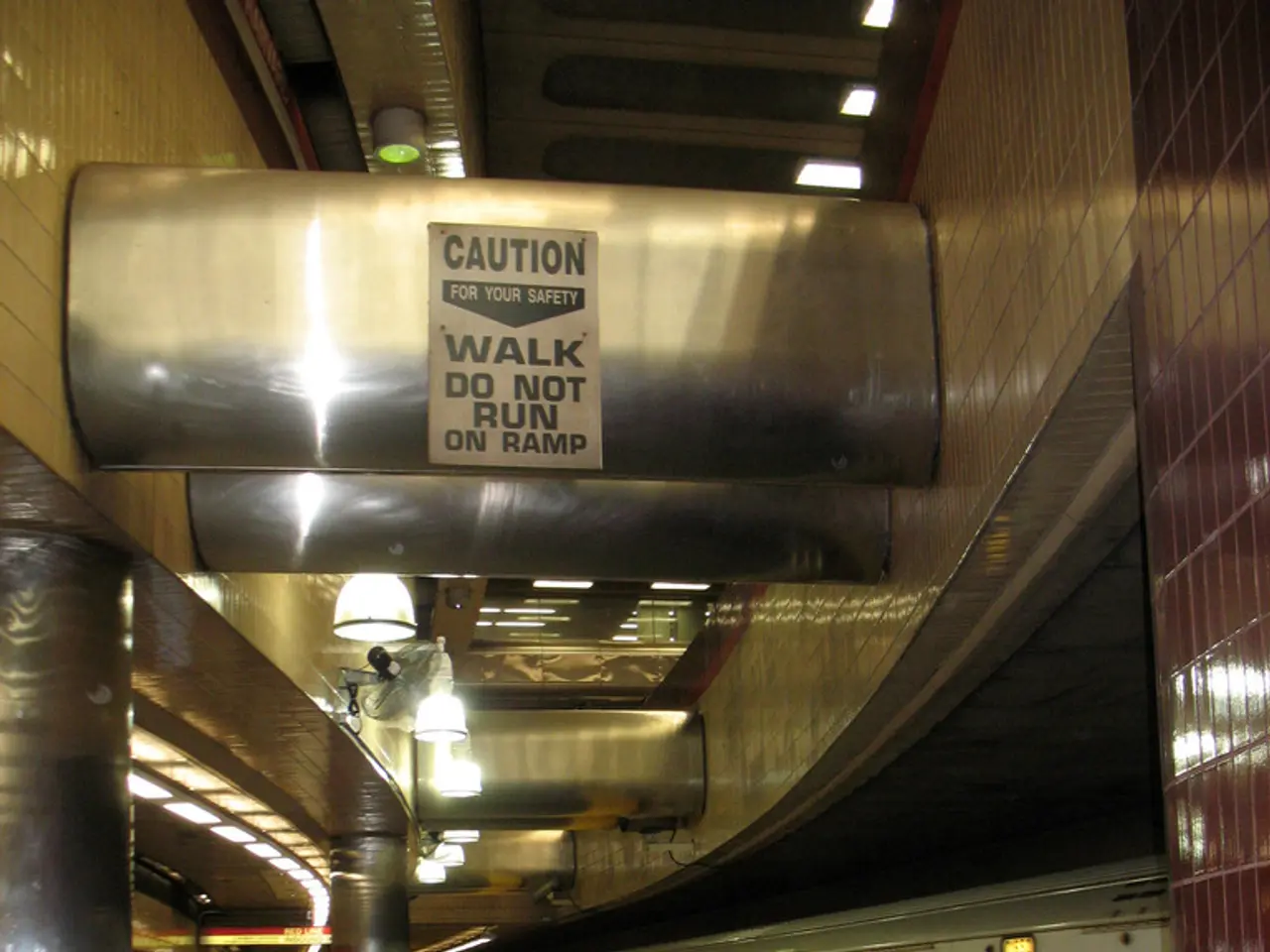Developing Plans Unveiled for Rare London Transportation Hub: Liverpool Central Station
Liverpool Central station, one of the busiest outside London, stands as a significant gateway between the city's retail core and the Knowledge Quarter. The Liverpool City Region Combined Authority (LCRCA) is now spearheading efforts to redevelop this iconic station, aiming to deliver regeneration opportunities that could transform the city.
The LCRCA has invited consultants to apply for a £1m contract, as part of its ambitious transport-led regeneration program. The redevelopment of Liverpool Central station is considered a foundational catalyst for this transformational place-based regeneration.
The tender brief for the project states that the rail network and land regeneration of Liverpool Central station and the surrounding area present a once-in-a-generation opportunity. The LCRCA is pursuing a multi-faceted regeneration opportunity with this redevelopment, seeking partners to deliver the program.
Both the LCRCA and Liverpool City Council are eager to kickstart regeneration plans for the central area. The deadline for submissions for the latest tender related to the redevelopment of Liverpool Central station is 18 April 2024. Once awarded, the consultants will create a strategy for the area surrounding the central station and identify the 'most appropriate' delivery and funding models for upgrading the station.
Funding Models
Large-scale urban transport regenerations like Liverpool Central station typically rely on a mixture of public funding (city/regional government budgets, combined authority allocations), UK government transport grants, and potentially private sector contributions or partnerships. For example, nearby Liverpool regeneration initiatives such as Paddington Village in the Knowledge Quarter show a partnership model involving local government, universities, and private developers, indicative of mixed funding and collaborative delivery approaches.
Delivery Strategies
Regeneration of major transport hubs often follows phased development strategies, incorporating infrastructure upgrades, enhanced public realm, and improved accessibility to support wider city economic goals. The LCRCA likely adopts phased planning aligned with regional economic strategies, rail operator collaboration, and integration with city regeneration priorities (such as Liverpool's Knowledge Quarter innovation district). Previously completed demolitions and infrastructure preparations (e.g., at Paddington Village) suggest staged, multi-year delivery frameworks.
Potential for Network Control
Liverpool Central station’s regeneration could include advancing integration of digital signalling and network control systems managed by the combined authority or partnerships with Network Rail to optimize capacity, reliability, and service coordination across the Merseyrail and wider regional rail network. Although direct references on control system upgrades at Liverpool Central are absent, national rail infrastructure modernization trends prioritize network control improvements in station regenerations.
In summary, while the search results do not specifically describe Liverpool Central station's regeneration masterplan details from the LCRCA, related large-scale Liverpool projects show a trend toward collaborative public-private funding, phased multi-institution delivery, and likely strategic integration with wider rail network operational control systems to boost economic growth and transport efficiency in the city region. For precise details on Liverpool Central station regeneration, further focused local government and transport authority publications would be necessary.
[1] Liverpool City Region Combined Authority. (n.d.). Liverpool City Region. Retrieved from https://liverpoolcityregion-ca.gov.uk/
[2] Liverpool City Council. (n.d.). Liverpool City Council. Retrieved from https://www.liverpool.gov.uk/
The LCRCA's funding strategy for the redevelopment of Liverpool Central station involves a mix of public funding, UK government transport grants, and potential private sector contributions or partnerships, similar to the collaborative model used in nearby projects like Paddington Village. The regeneration project is expected to follow a phased development strategy, integrating infrastructure upgrades, public realm enhancements, and improvements in accessibility to align with broader economic goals of the city. Furthermore, the potential for network control integration, such as digital signalling and coordination systems, could be a part of the regeneration plan to optimize capacity and service across the Merseyrail and regional rail network.




